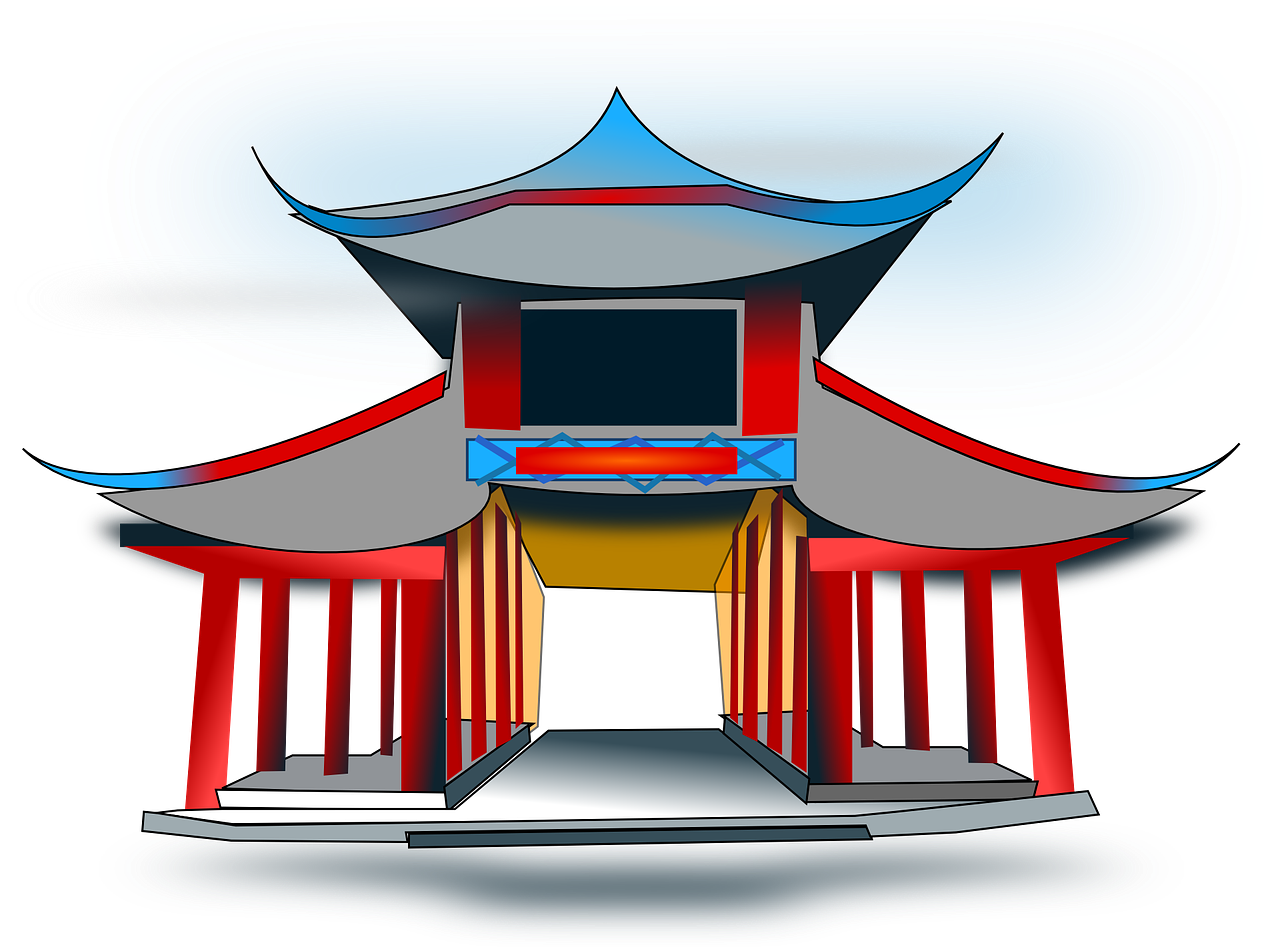本文旨在弘扬中国戏曲文化,戏曲作为中国传统文化的重要组成部分,具有独特的艺术魅力和深厚的历史底蕴,通过英语作文的形式,我们可以向世界展示戏曲文化的精髓,包括其丰富的表演形式、多样的角色类型以及独特的音乐和舞蹈元素,这不仅有助于传承和保护这一文化遗产,还能促进跨文化交流,让更多人了解和欣赏中国戏曲艺术。
Chinese Opera: A Timeless Art Form Worth Preserving
In the vast tapestry of Chinese culture, there is a thread that has been woven with intricate patterns and vibrant colors for centuries. This thread is the Chinese opera, a performing art that has captivated audiences with its unique blend of music, dance, and drama. As a testament to the enduring spirit of Chinese tradition, the opera is not just a form of entertainment but a cultural treasure that deserves to be cherished and promoted in the modern era.
The origins of Chinese opera can be traced back to the Tang Dynasty (618-907 AD), where it began as a form of storytelling and singing. Over time, it evolved into a sophisticated art form that encompasses various regional styles, each with its own distinct characteristics. The most well-known styles include Beijing Opera (Peking Opera), Kunqu Opera, and Yue Opera, among others. These regional variations showcase the diversity and richness of Chinese culture, reflecting the different dialects, customs, and historical narratives of various regions.
The art of Chinese opera is a multifaceted discipline that requires a deep understanding of its various components. The performers, known as "performing artists," must master the skills of singing, reciting, acting, and acrobatics. These skills are often referred to as the "four great arts" of Chinese opera. The singing is characterized by its melodious tunes and the use of traditional Chinese musical instruments. The reciting involves the delivery of poetic verses and dialogues, which are integral to the storytelling aspect of the opera. Acting encompasses the portrayal of characters through facial expressions, body movements, and gestures, while acrobatics showcase the physical prowess and agility of the performers.
One of the most striking features of Chinese opera is its use of makeup and costumes. The makeup is highly symbolic, with different colors and patterns representing various character traits and roles. For example, a red face often signifies loyalty and bravery, while a white face may indicate cunning and deceit. The costumes are elaborate and colorful, designed to enhance the visual appeal of the performance and to convey the status and personality of the characters.
The stories told through Chinese opera are often based on historical events, legends, and folklore. They provide a window into the moral values, social norms, and philosophical beliefs of ancient China. Themes such as loyalty, filial piety, justice, and love are frequently explored, offering audiences a chance to reflect on these timeless virtues. The operas also serve as a means of preserving and passing down the cultural heritage of China, ensuring that future generations can continue to appreciate and learn from the wisdom of the past.
In recent years, there has been a growing concern about the preservation and promotion of Chinese opera. With the advent of modern entertainment forms such as movies, television, and the internet, traditional performing arts like Chinese opera have faced challenges in attracting new audiences. However, there are several initiatives that aim to keep this art form alive and relevant.
Educational programs and workshops are being organized in schools and communities to introduce young people to the beauty and complexity of Chinese opera. These programs often involve hands-on experiences, such as costume design, makeup application, and basic performance techniques, which allow participants to engage with the art form in a more interactive and immersive way.
Cultural exchange programs and international tours are also playing a crucial role in promoting Chinese opera to a global audience. By showcasing the art form on international stages, Chinese opera is gaining recognition and appreciation from people around the world. This not only helps to preserve the art form but also fosters cultural understanding and diplomacy.
In addition, the use of technology is proving to be a valuable tool in the promotion and preservation of Chinese opera. Digital archives and online platforms are being developed to document and share the vast repertoire of operas, making them accessible to a wider audience. Social media and streaming services are also being utilized to reach new audiences and to keep the art form relevant in the digital age.
Despite these efforts, the future of Chinese opera remains uncertain. It is essential that the younger generation takes an active interest in this art form and that they are given the opportunity to learn and appreciate its significance. The preservation of Chinese opera is not just about maintaining a historical tradition; it is about preserving a living, breathing part of Chinese culture that continues to evolve and resonate with contemporary audiences.
In conclusion, Chinese opera is a cultural treasure that has withstood the test of time. It is a testament to the creativity, resilience, and diversity of the Chinese people. As we navigate the challenges of the modern world, it is imperative that we continue to promote and preserve this art form. By doing so, we ensure that the rich tapestry of Chinese culture remains vibrant and dynamic, offering future generations a glimpse into the soul of China and the wisdom of its ancestors.
The promotion of Chinese opera is not just a cultural endeavor; it is a call to action for all who value the arts and the preservation of cultural heritage. It is a reminder that the past, present, and future are interconnected, and that the stories and traditions of our ancestors can continue to inspire and guide us. Let us embrace the challenge of preserving and promoting Chinese opera, ensuring that this timeless art form continues to captivate and enlighten audiences for generations to come.
转载请注明来自九度如宏文化传播,本文标题:《弘扬戏曲文化,英语作文》












 京公网安备11000000000001号
京公网安备11000000000001号 京ICP备18057566号-3
京ICP备18057566号-3